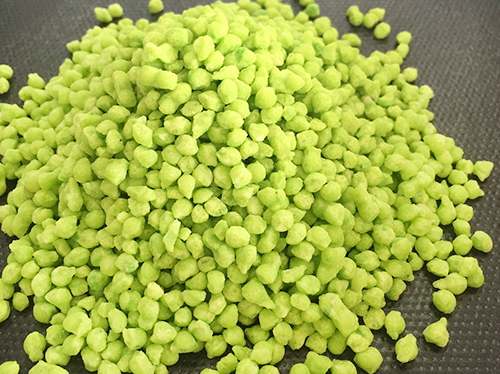
Contact us
Jason_Wang
Phone :+86 159 6139 7807
Email :Jasonwang@lyggrace.com.cn
Webside :shjrhg.com.cn
Address :Liangyungang City,Jiangsu Province,China

Ammonium sulfate contains 20%-21% nitrogen and is soluble in water. Its color varies with the raw materials used. It has white, light yellow or light green color. It has little hygroscopicity, but it also absorbs moisture and cakes in wet and rainy season or when it contains free acid. Ammonium sulfate is suitable for all kinds of crops and soils. It can be used as seed fertilizer or topdressing fertilizer. It is suitable for paddy field and dry land.
In order to make ammonium sulfate play a better role in increasing production, the following three points should be paid attention to when using ammonium sulfate:
(1) When topdressing ammonium sulfate in paddy field, the water layer should be kept wet or about 1.5 cm in order to facilitate rice root absorption. Do not drain water for 4 to 5 days after fertilization in order to avoid loss of fertilizer. Because ammonium sulfate contains 24% sulfur, it will be reduced to hydrogen sulfide under reduction conditions, which will poison rice roots. Therefore, in the paddy field with poor drainage, it should be used as little as possible.
(2) When ammonium sulfate is used in dry land, especially in calcareous soil, it is necessary to apply deep cover to prevent nitrogen loss.
(3) When ammonium sulfate is used as seed fertilizer, do not contact with seeds. If ammonium sulfate is used to mix wheat seeds, the dosage of ammonium sulfate should be controlled at 2.5-5 kg per 667 m 2, and it should be used now to avoid affecting seed germination; when topdressing, it should be reused after dew or rain drying in order to prevent fertilizer from sticking to leaves and causing seedling injury.